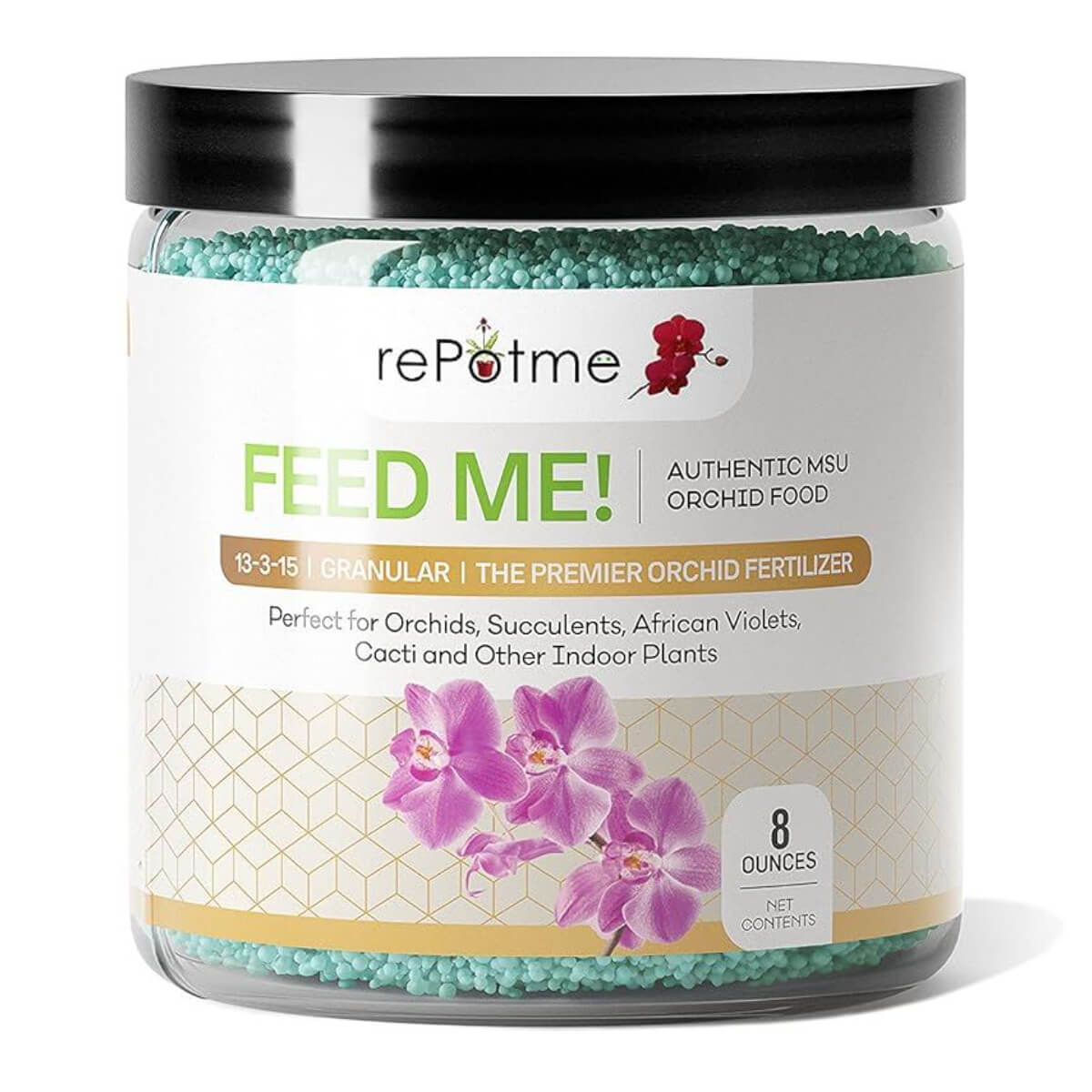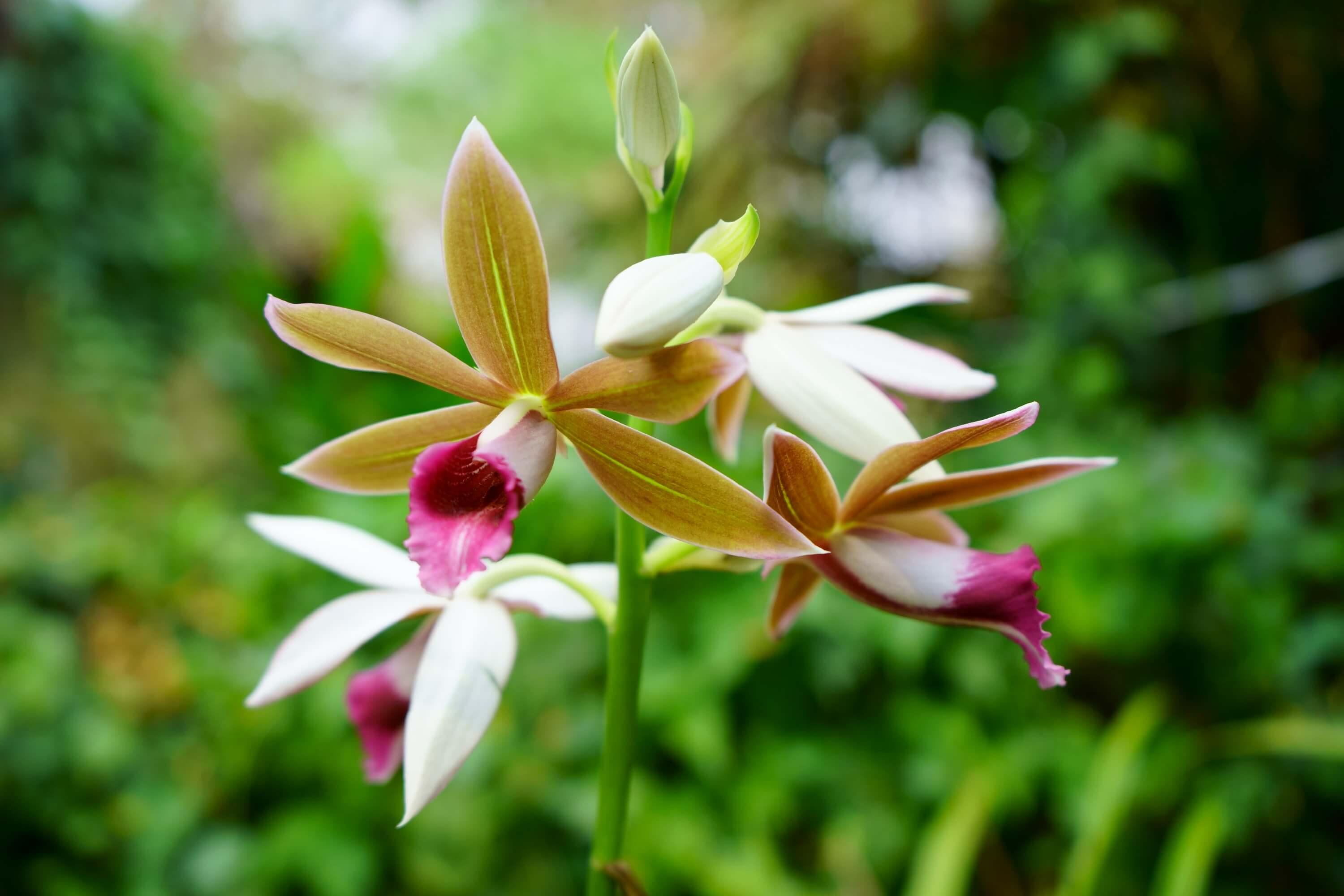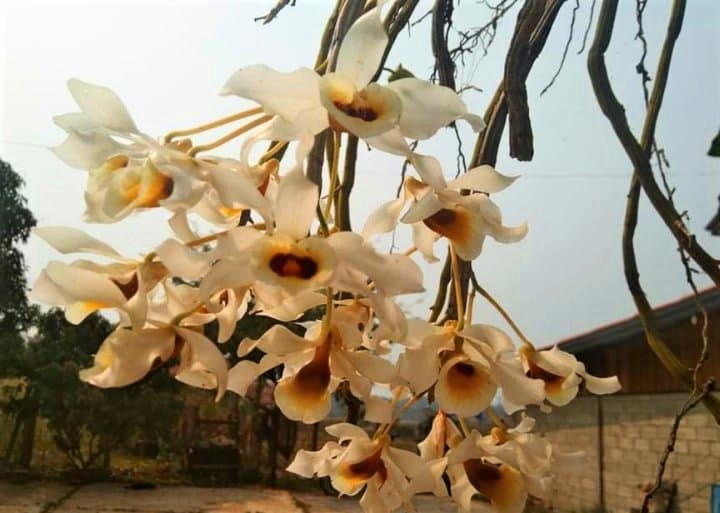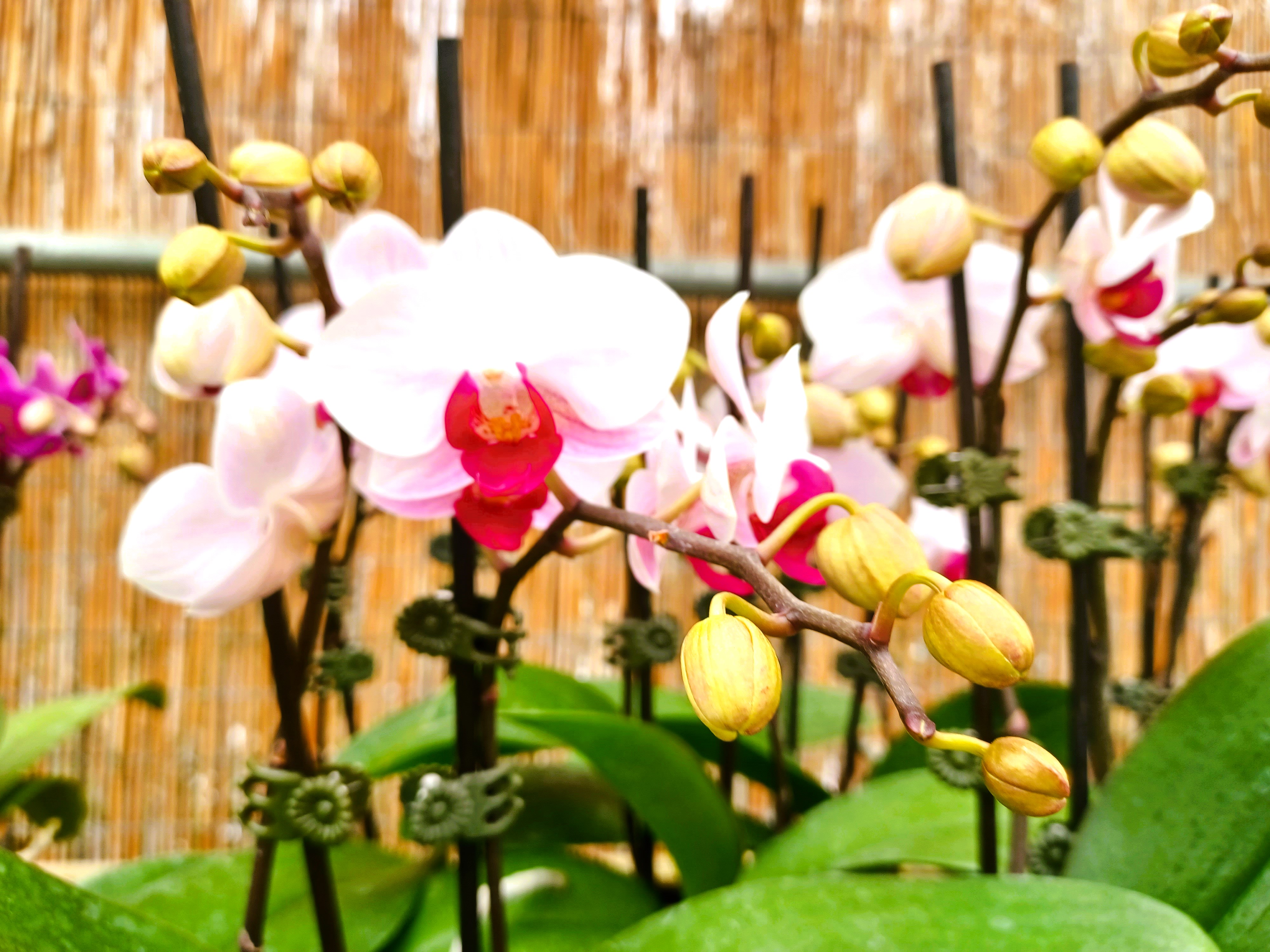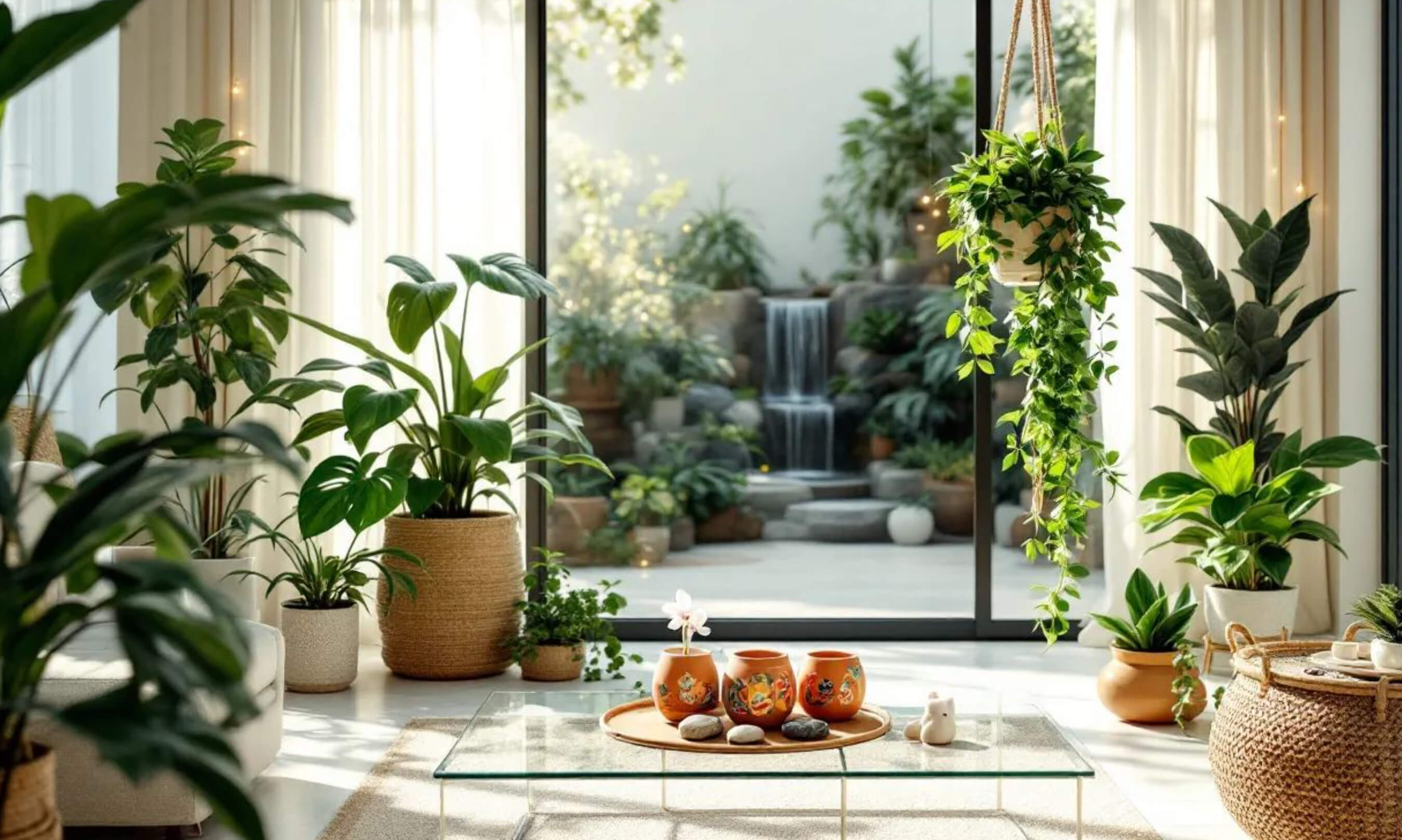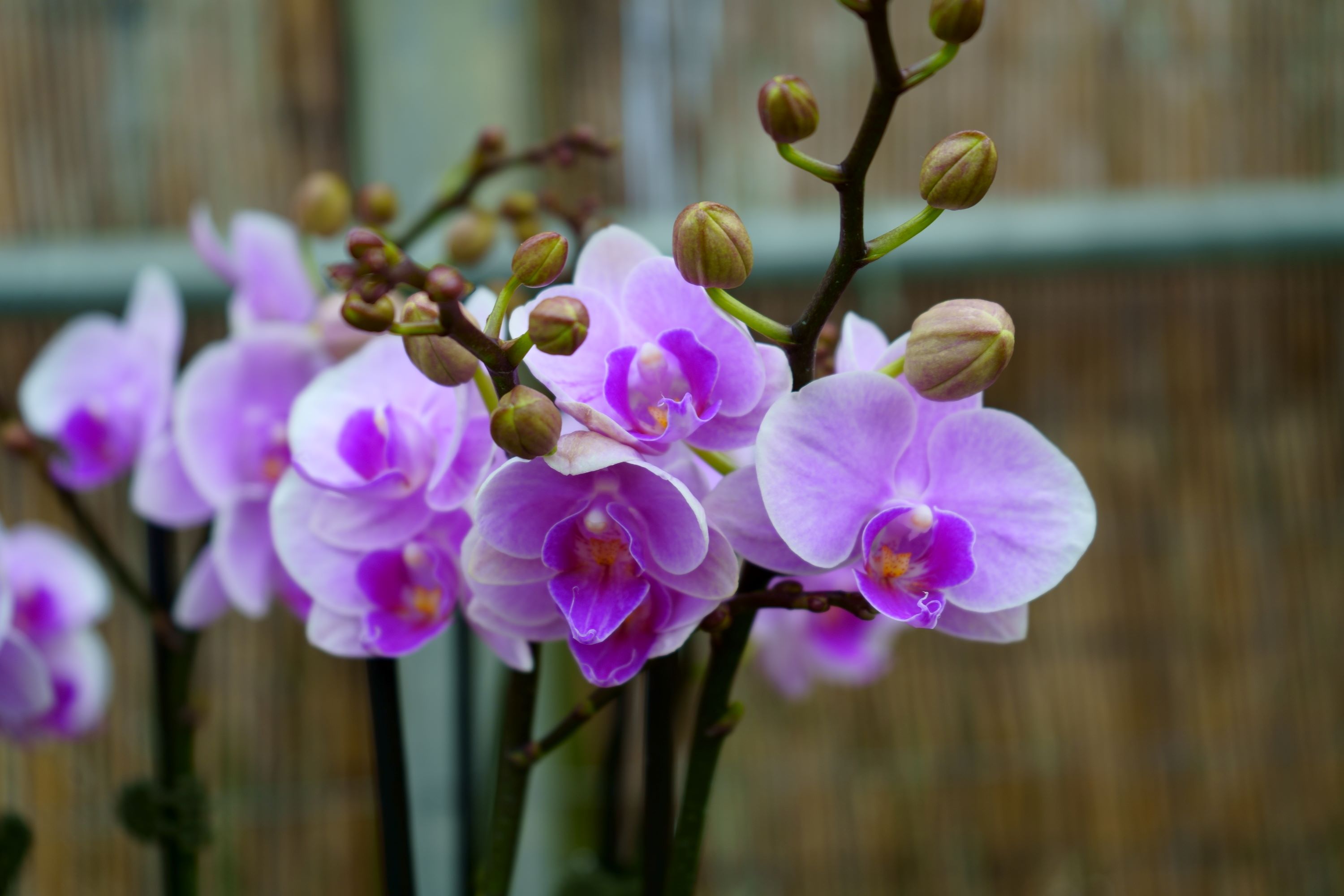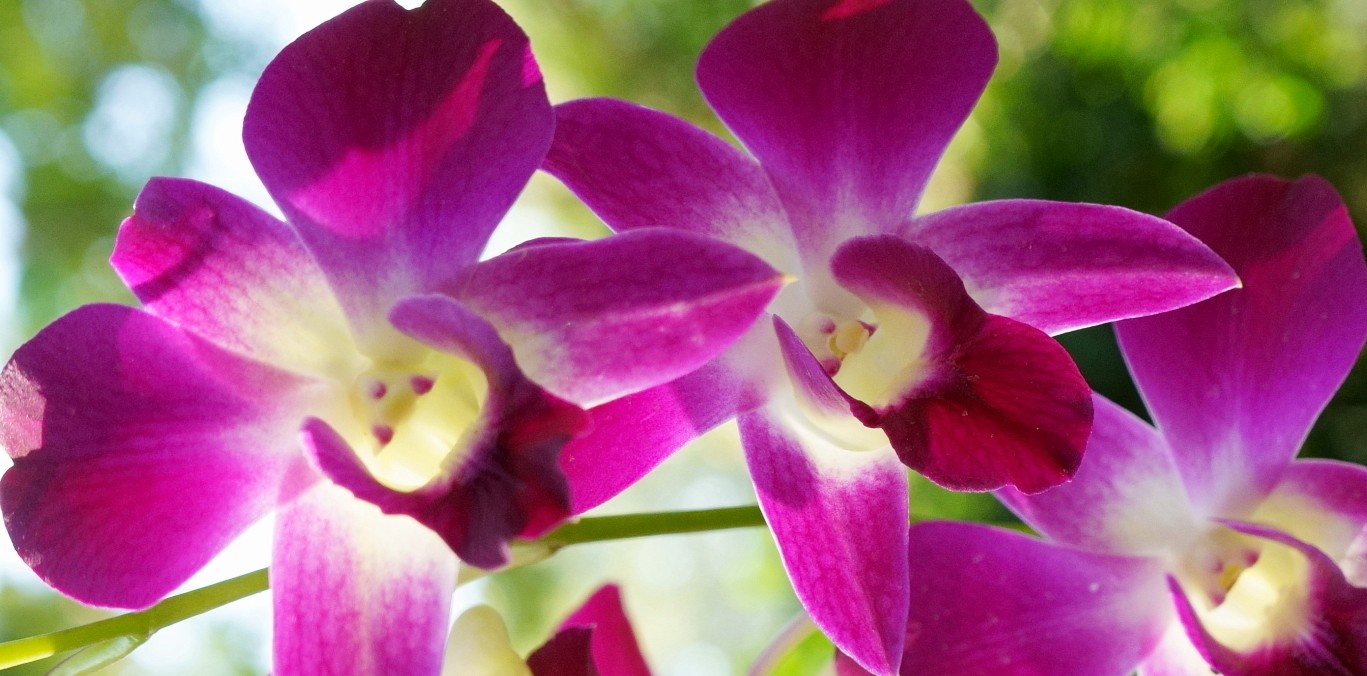- Home
- Flowering
Orchid Flower Care: The Ultimate Guide to Growing Stunning Blooms Year-Round
Orchids are nature’s masterpiece—elegant, exotic, and endlessly captivating. But let’s be honest: keeping these beauties thriving can feel like a mystery. Why do some orchids bloom endlessly while others struggle to flower even once? The secret lies in mastering the art of orchid flower care.
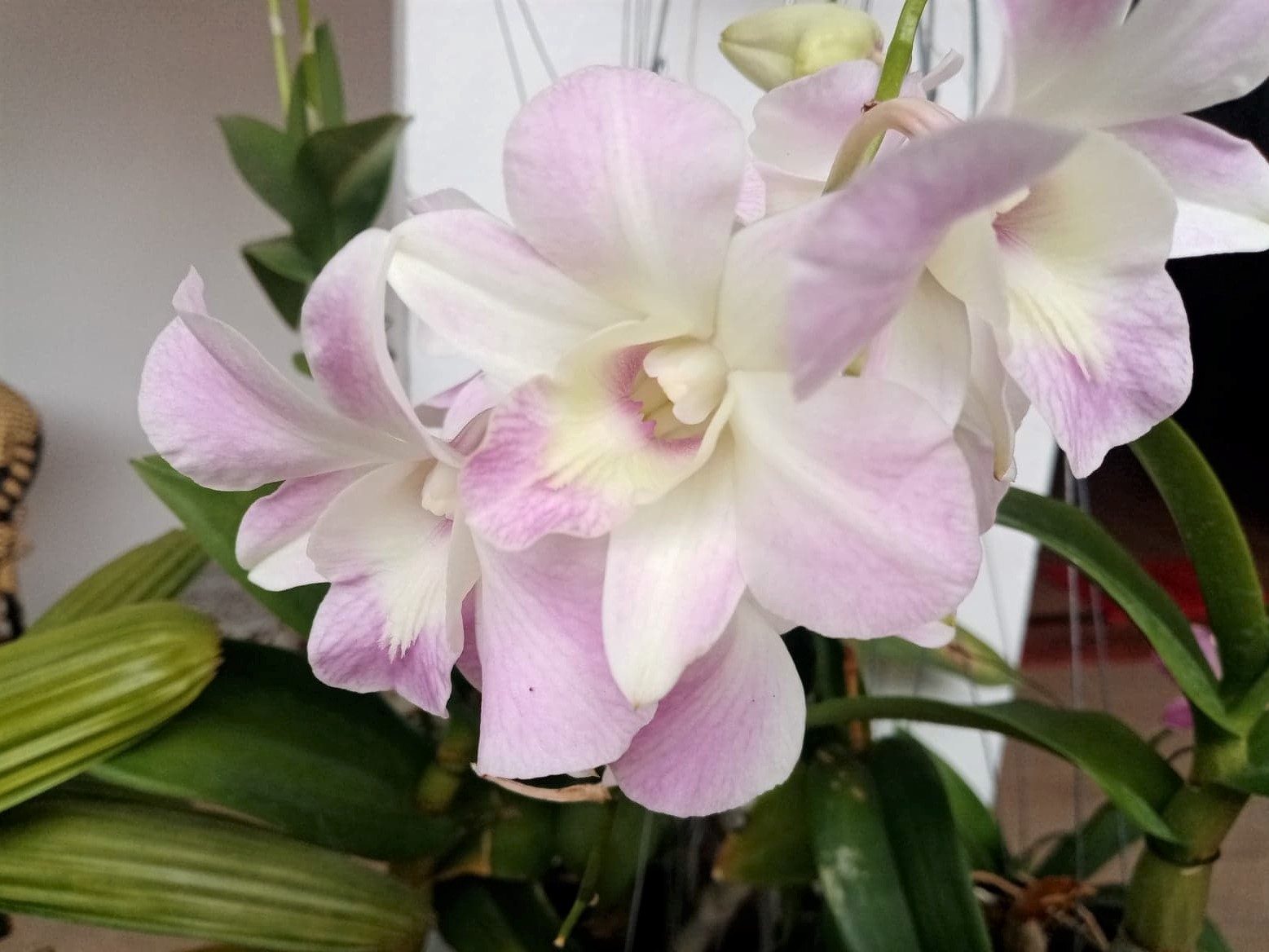 Native Laos Orchid, Photograph taken in Luang Prabang, Laos
Native Laos Orchid, Photograph taken in Luang Prabang, LaosHeavenly Orchids participates in affiliate marketing programs, which means we may earn commissions on qualifying purchases made through our links. We only recommend products we genuinely believe in.
Unlock the Secrets to Beautiful Orchids! Get Your Free Care Guide Today!
Often, when people think of orchids, they picture the classic Phalaenopsis with its elegant, long-lasting blooms that grace countless homes and offices. But the orchid family is vast and diverse, with over 25,000 species, each with its own unique personality and care requirements. Whether you’re a seasoned orchid enthusiast or a beginner with your first Phalaenopsis, this guide will transform your approach to orchid care, helping you grow stunning blooms year after year. Plus, we’ll share tips on creating the perfect environment for your orchids, complete with product recommendations to make your journey easier and more rewarding.
The Basics of Orchid Flower Care: Light, Water, and More
1. Light: The Key to Orchid Happiness
Light is the lifeblood of orchids, but not all orchids crave the same amount. Understanding your orchid’s light needs is the first step to ensuring it thrives.
Low-Light Orchids
Phalaenopsis, Miltoniopsis, and Paphiopedilums flourish in bright, indirect light. A north-facing window or a shaded spot under a grow light works perfectly. Dendrobiums (some species, like Dendrobium phalaenopsis) and Ludisia (Jewel Orchids) also thrive in low to medium light conditions, making them great choices for shadier spaces.
Medium-Light Orchids
Cattleyas, Oncidiums, and Miltonias prefer slightly brighter conditions but still need protection from direct sunlight. Epidendrums and Encyclias are also popular medium-light orchids that adapt well to bright, filtered light.
High-Light Orchids
Vandas and Brassavolas thrive in very bright light and can even handle direct morning or late afternoon sun. In fact, Brassavolas are known for their love of sunlight and can tolerate more intense light than many other orchid species. Cymbidiums (during their growing season) and Angraecums also prefer bright light and can handle more direct sun, though they may need some protection during the hottest part of the day.
Pro Tip: If your home lacks natural light, consider investing in a full-spectrum LED grow light. These energy-efficient lights mimic sunlight and can help your orchids bloom even in darker spaces.

VIVOSUN VS2000 LED Grow Light with Samsung LM301 Diodes & Brand Driver Dimmable Lights Sunlike Full Spectrum Panel Fixture
2. Watering Orchids: A Delicate Balance
Watering is where many orchid owners go wrong. Unlike traditional houseplants, orchids don’t grow in soil, and overwatering can lead to root rot. Here’s how to get it right:
- Frequency: Water your orchids once a week, allowing the growing medium to dry out slightly between waterings.
- Water Quality: Orchids are picky about water. Hard water can cause nutrient lockout, so opt for rainwater, distilled water, or reverse osmosis water. If you’re serious about orchid care, a home reverse osmosis system is a worthwhile investment.
- Drainage: Ensure your orchid pots have proper drainage to prevent water from pooling at the roots.
To make watering easier and more precise, consider using a stylish watering can with a long spout for targeted watering and a moisture meter to ensure your orchids get just the right amount of hydration. These are general guidelines and do not apply to all orchid species, for more detailed information, read our Ultimate Guide on How to Water Orchids.
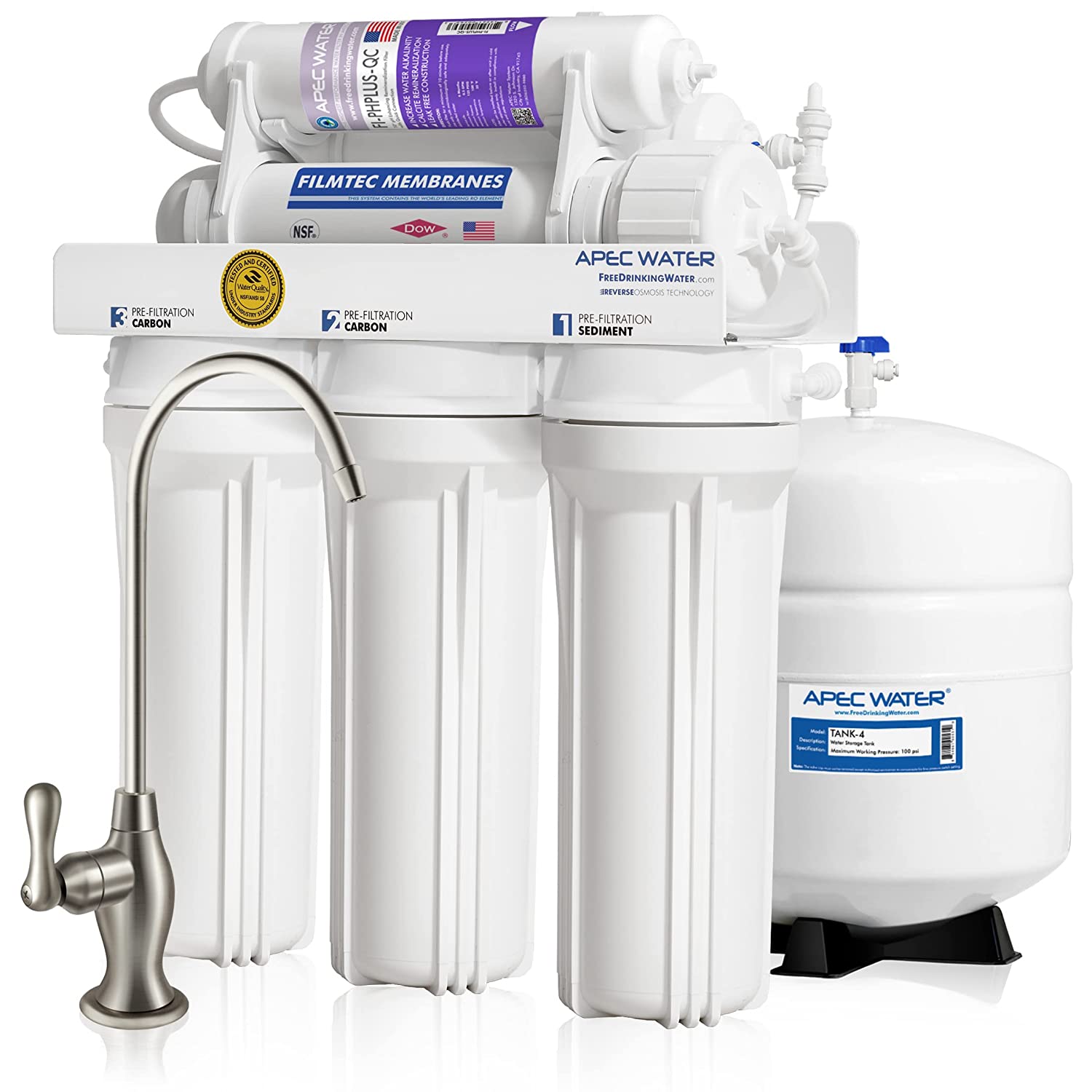
APEC Water Systems Top Tier Supreme Certified Alkaline Mineral pH+ High Flow 90 GPD 6-Stage Ultra Safe Reverse Osmosis Drinking Water Filter System (Ultimate RO-PH90)
3. Fertilizing for Fabulous Blooms
Orchids need nutrients to produce their stunning flowers. While a balanced 20-20-20 NPK fertilizer works well year-round, providing essential nutrients for growth and health, many orchid enthusiasts prefer MSU Orchid Fertilizer, a specialized formula developed by Michigan State University. Tailored to the unique needs of orchids, this fertilizer is a favorite for its ability to deliver optimal nutrition, especially for plants grown in soilless media. During the blooming phase, some growers switch to a high-potassium bloom booster to encourage vibrant, long-lasting flowers.
- Timing: Start using a bloom fertilizer about two months before your orchid’s natural flowering cycle.
- Frequency: Fertilize every two weeks during the growing season and reduce to once a month during dormancy.
Pro Tip: Over-fertilizing can harm your orchids. Always follow the instructions on the fertilizer package and dilute it to quarter strength if you are fertilizing on a weekly basis. For more in depth guidance visit our guide to fertilizing orchids.
- Tailored for Orchids Specifically formulated by Michigan State University
- Pure Water Compatibility
- Balanced Nutrient Profile
- Urea-Free Formula
- Versatile and Easy to Use
4. Temperature: The Secret to Triggering Blooms
Orchids are sensitive to temperature changes, and some species need a slight drop in temperature to initiate blooming.
- Ideal Range: Keep your orchids in a temperature range of 70–85°F (21–30°C) during the day.
- Cool Nights: For species like Phalaenopsis, lowering the nighttime temperature to around 60°F (15°C) can encourage reblooming.
A digital hygrmometer can help you monitor your orchid’s environment, ensuring it stays within the ideal range.
Creating the Perfect Orchid Display
If you’re an orchid enthusiast with a growing collection, why not create a dedicated display area? Here are some ideas:
- Shelving: Use tiered shelves to showcase your orchids at different heights.
- Lighting: Install adjustable grow lights to provide the perfect amount of light for each species.
- Accessories: Add decorative elements like pebble trays or a small tabletop waterfall to enhance humidity and create a relaxing ambiance.
Consider adding a sleek indoor waterfall or a humidifier to your display area. These not only benefit your orchids but also create a calming atmosphere in your home.
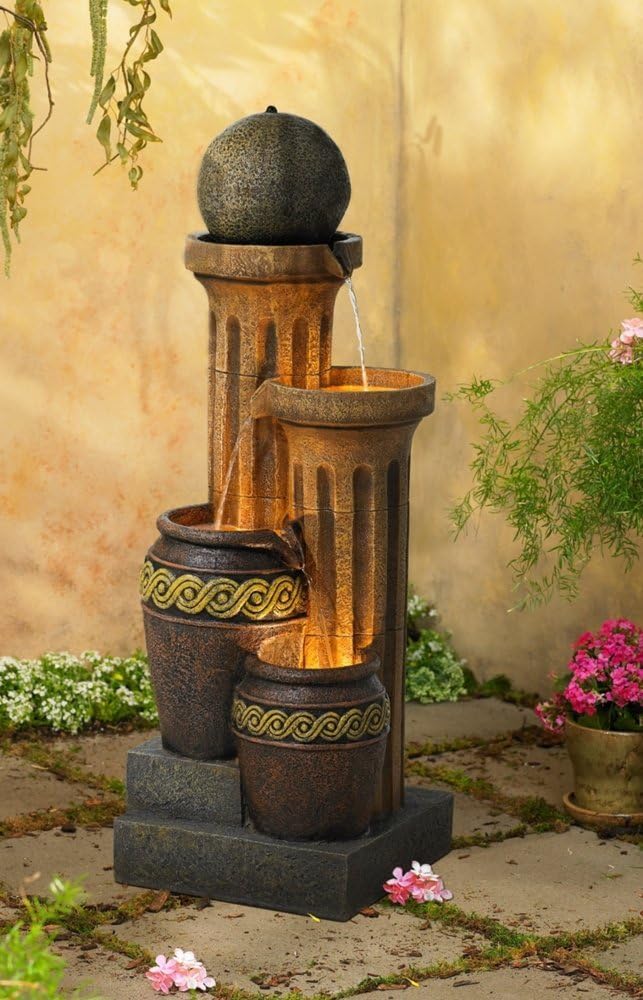
- 50" rustic fountain with LED lights and cascading water.
- Lightweight resin and stone construction, easy to move.
- Includes water pump, 3 LED bulbs, and 6-foot cord.
- Perfect for gardens, patios, balconies, or indoor spaces.
- Creates soothing ambiance with 4-tiered water flow design.
Orchid Flower Care: Troubleshooting Common Problems
Even with the best care, orchids can sometimes run into issues. Here’s how to address common problems:
- Yellow Leaves: Often a sign of overwatering or too much direct sunlight. Adjust your watering schedule and move the plant to a shadier spot. Read more about the causes of yellowing leaves here.
- No Blooms: This could be due to insufficient light, improper fertilization, or lack of temperature variation. Review your care routine and make adjustments as needed. For a deeper dive into the secrets of encouraging your orchids to rebloom, explore our detailed guide here.
- Root Rot: Caused by overwatering or poor drainage. Trim affected roots and repot the orchid in fresh growing medium.
Pro Tip: Just as keeping a gardening journal helps you track your orchid’s progress and refine your care routine, having a clear plan is key to bringing your dream home to life. For inspiration and practical tips on creating the home you’ve always wanted, explore this helpful resource: How to Make Your Dream Home Come True.
Disclosure: We earn a commission if you purchase through this link.
